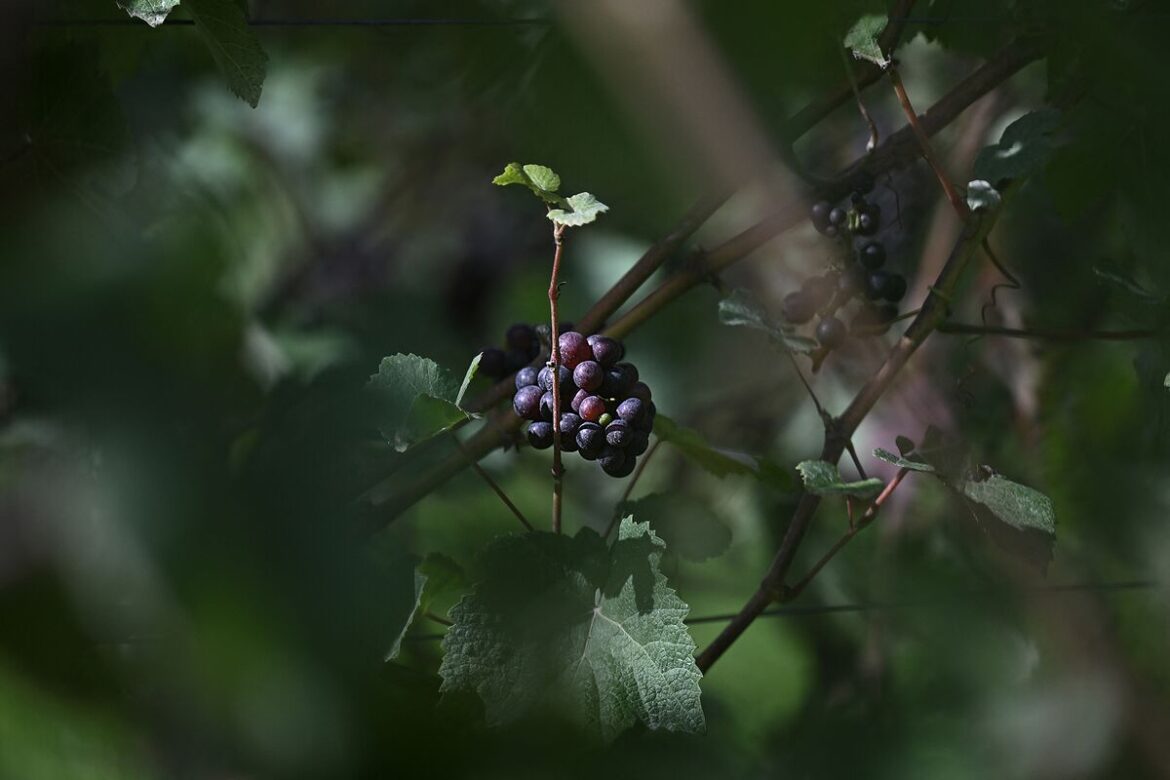Champagne and its bubbles are at an existential crossroads. And it’s not just because US President Donald Trump has threatened to place a 200% tariff on wine from the European Union — a mighty menace because the US is the largest importer of champagne. I got a sense of a broader and deeper crisis from Séverine Frerson, the first female Chef de Cave at the 200-year-old Maison Perrier-Jouët. We met in the producer’s luxurious tasting room — something you’d get if you crossed an art-nouveau wine bar with a sci-fi laboratory. It has raw stone-lined walls and a central lighting podium can be summoned out of a long white table, rising to illuminate champagne samples so tasters can better evaluate their colors.
Frerson is tiny, but she probably has more taste buds than you and me put together, dear reader. And Perrier-Jouët depends on her to make sure its non-vintage blend — the so-called “house-style” made from a selection of grapes from several years — remains consistently recognizable to drinkers’ palates. She’s detected a disturbance over the last two decades.

